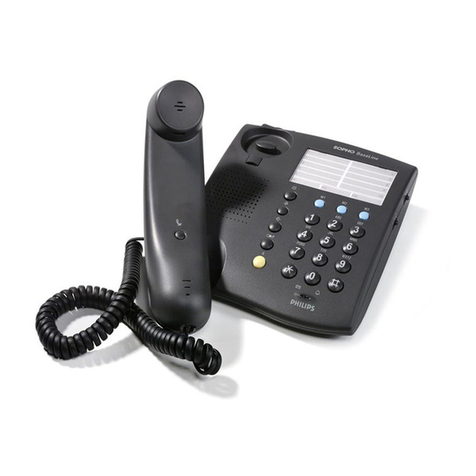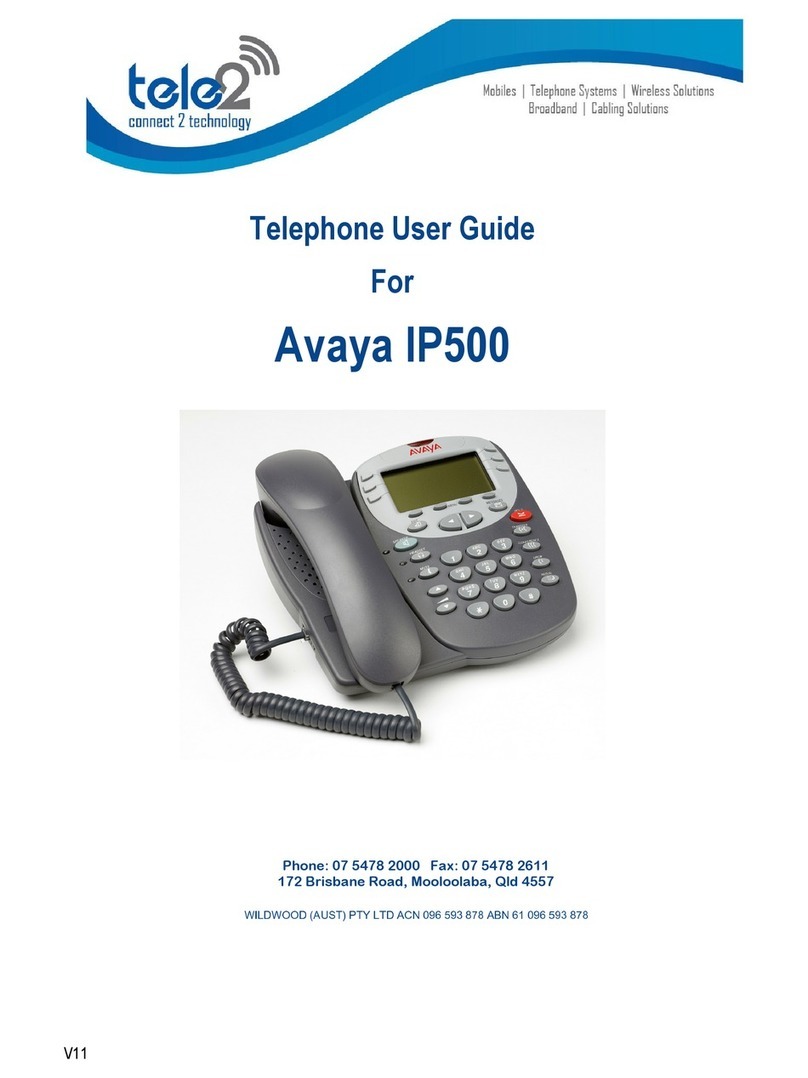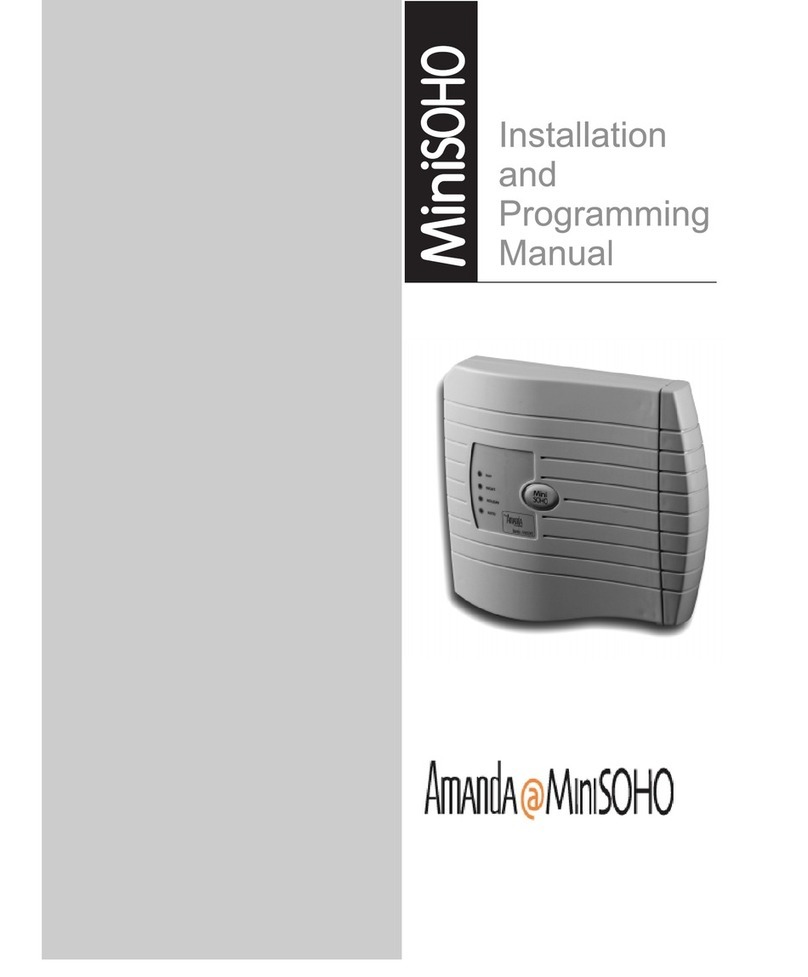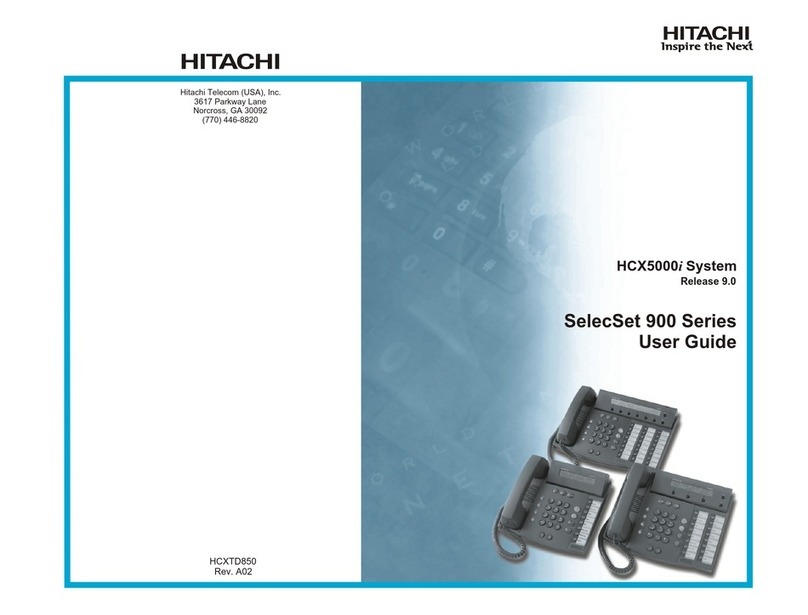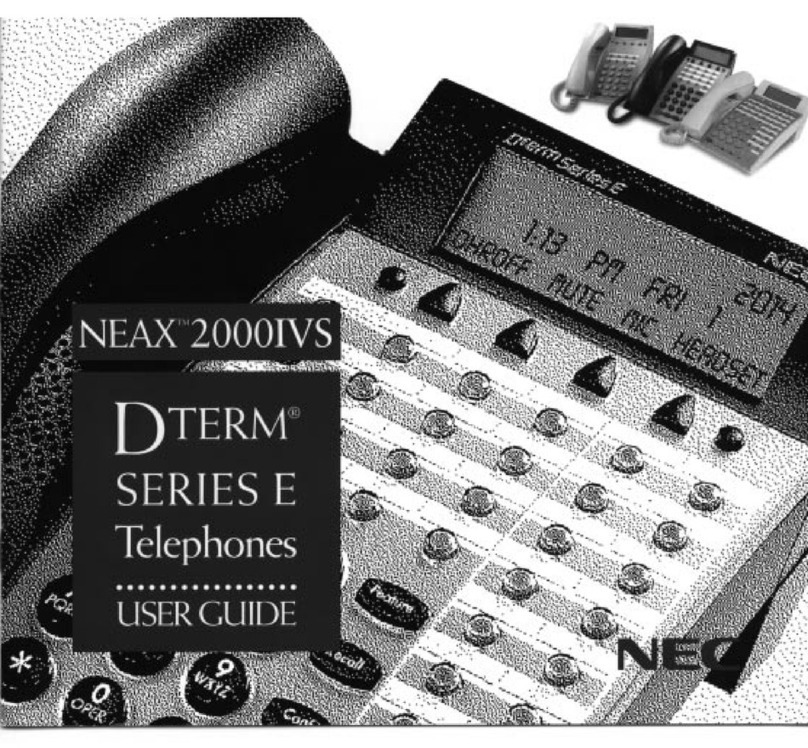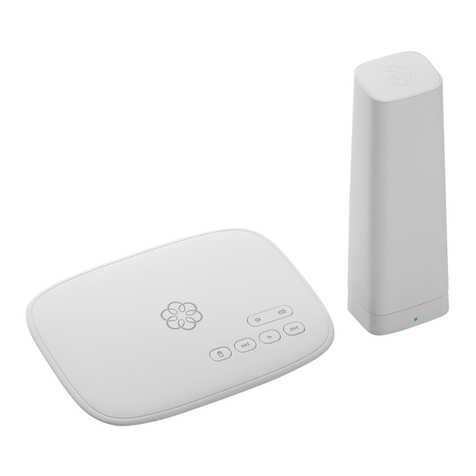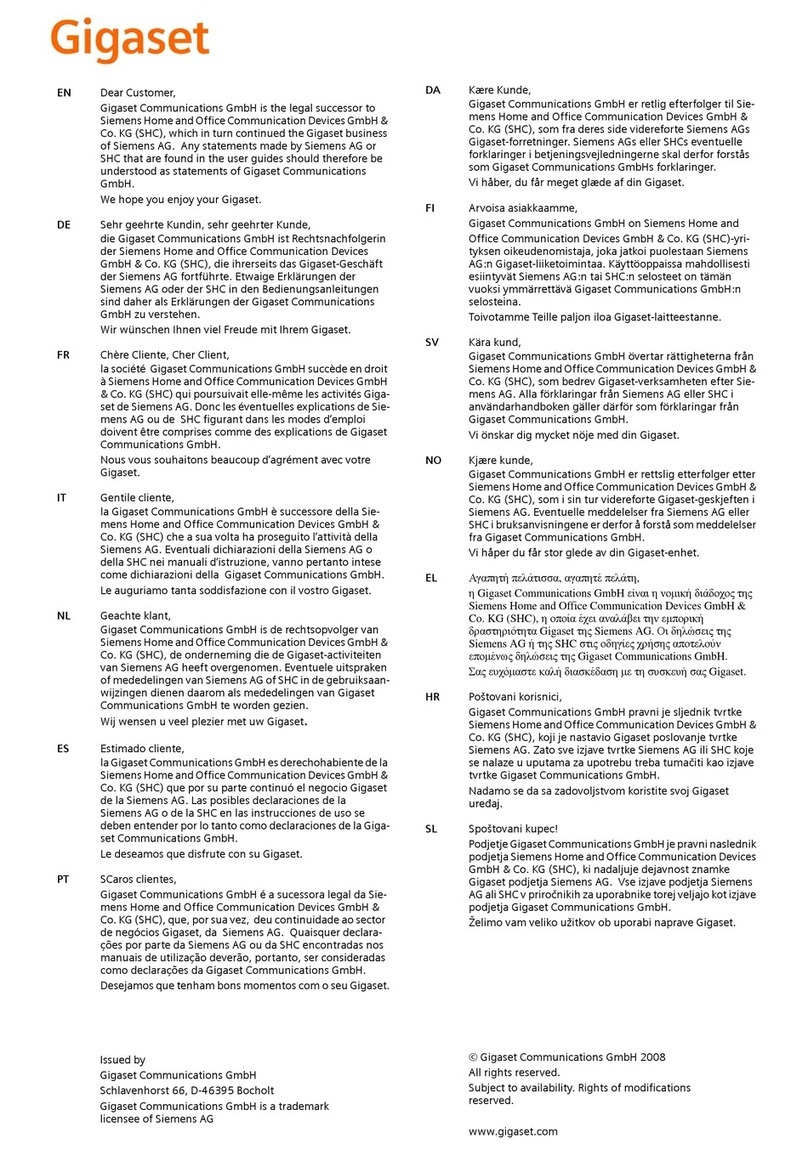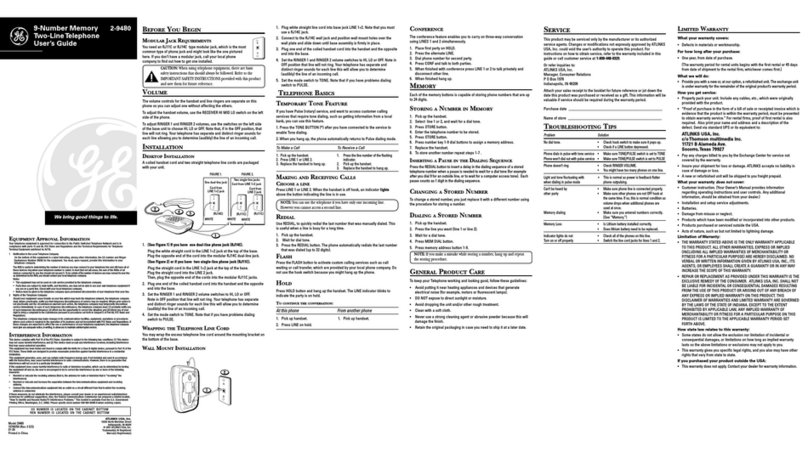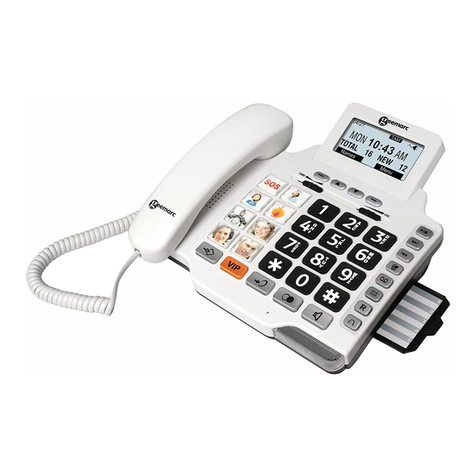Alcatel OmniPCX 4400 User manual
Other Alcatel Telephone manuals
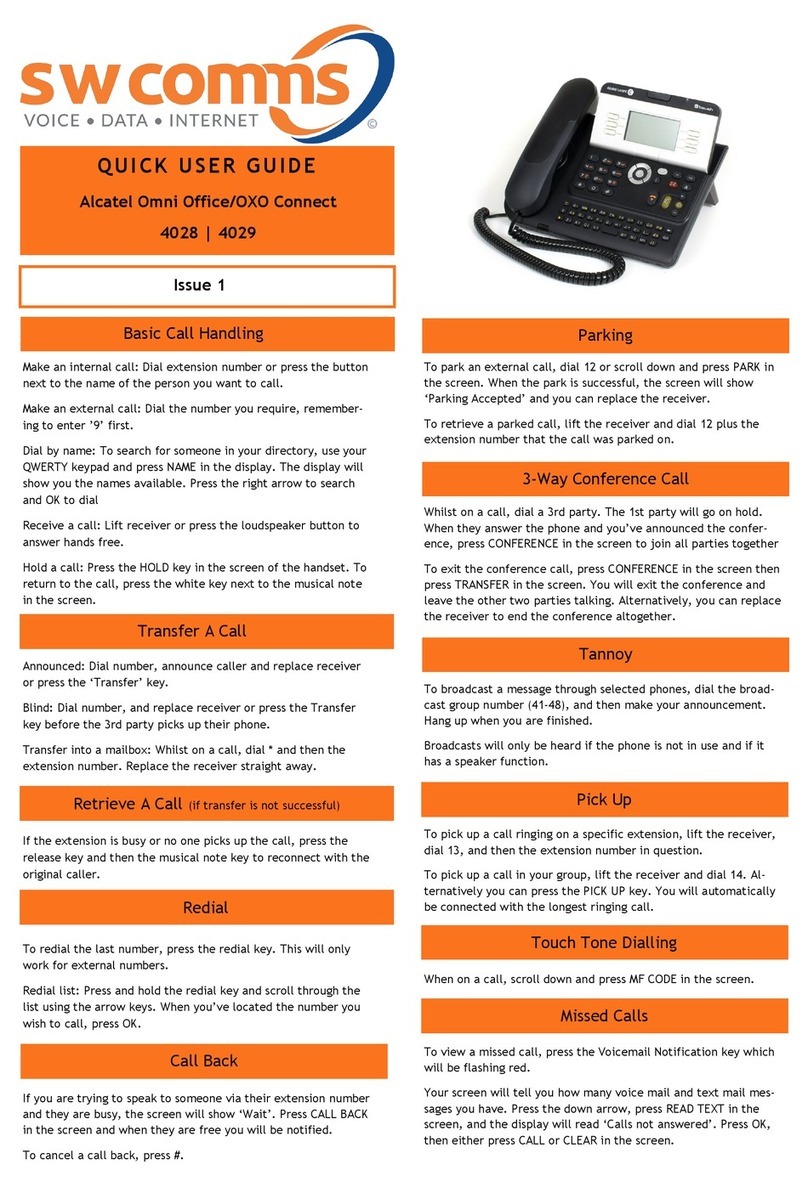
Alcatel
Alcatel Omni Office/OXO Connect 4028 Instruction manual

Alcatel
Alcatel 4034 User manual

Alcatel
Alcatel TEMPORIS 16 User manual
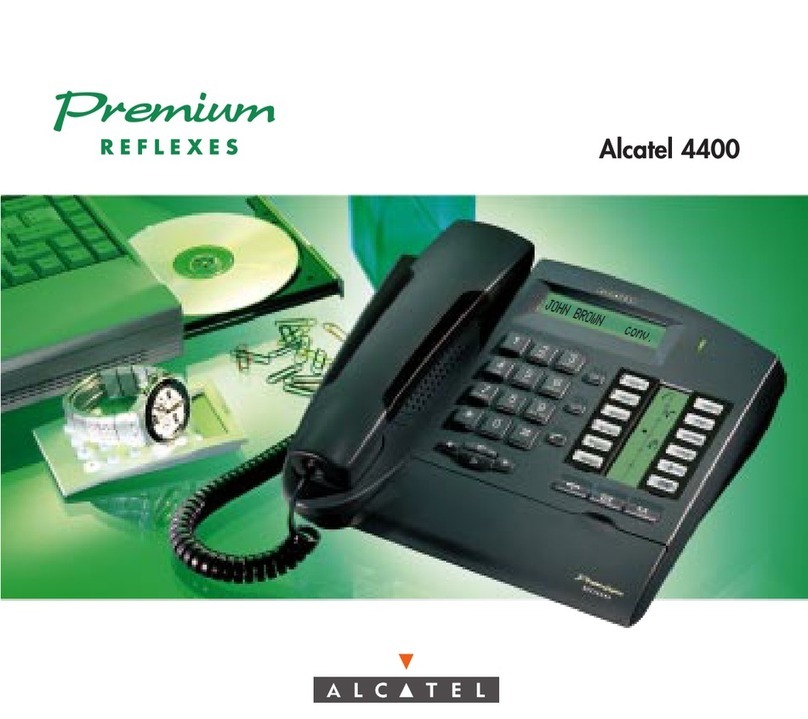
Alcatel
Alcatel OmniPCX 4400 User manual
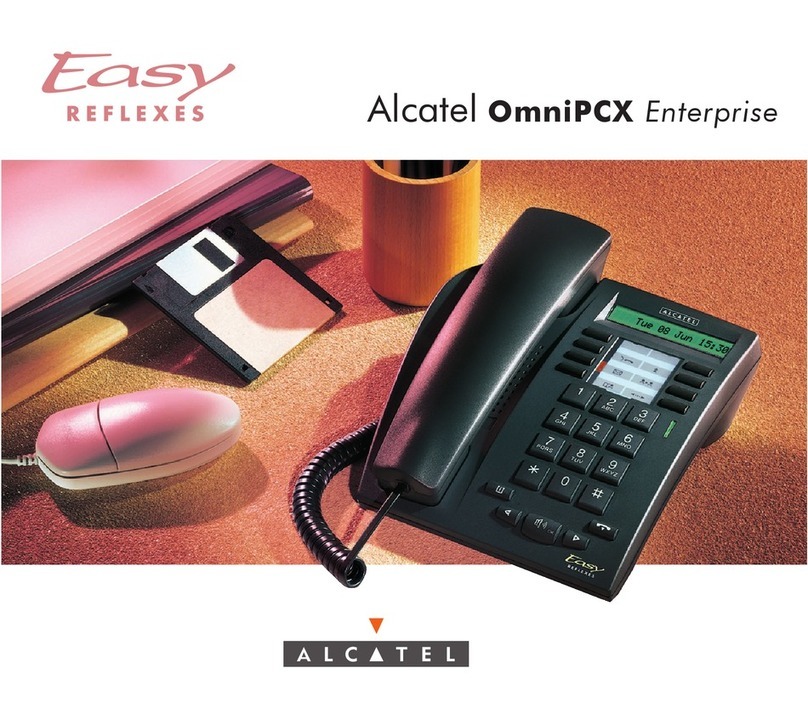
Alcatel
Alcatel OmniPCX 3AK 19522 User manual
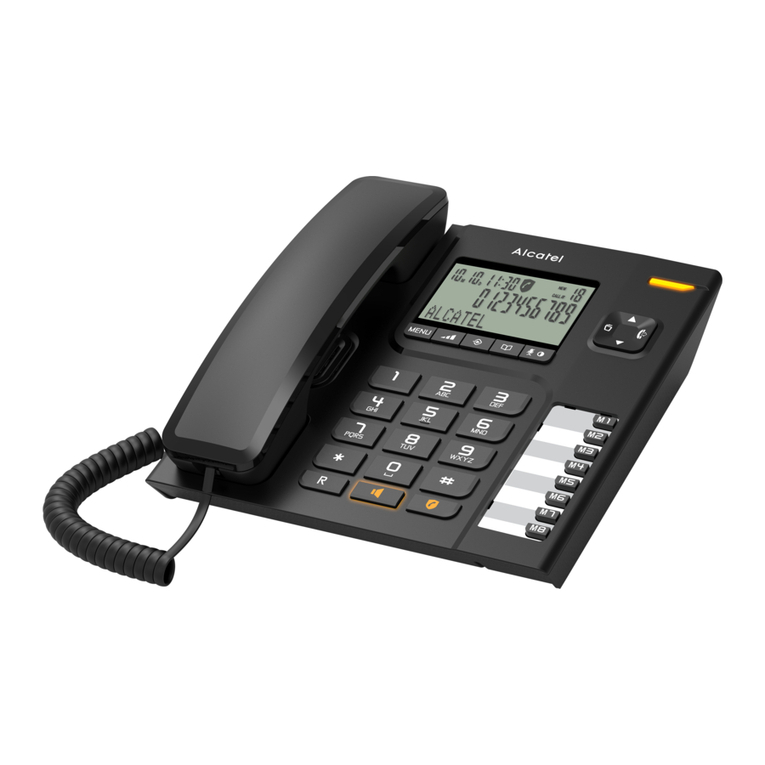
Alcatel
Alcatel T78 User manual

Alcatel
Alcatel OmniPCX 4400 User manual
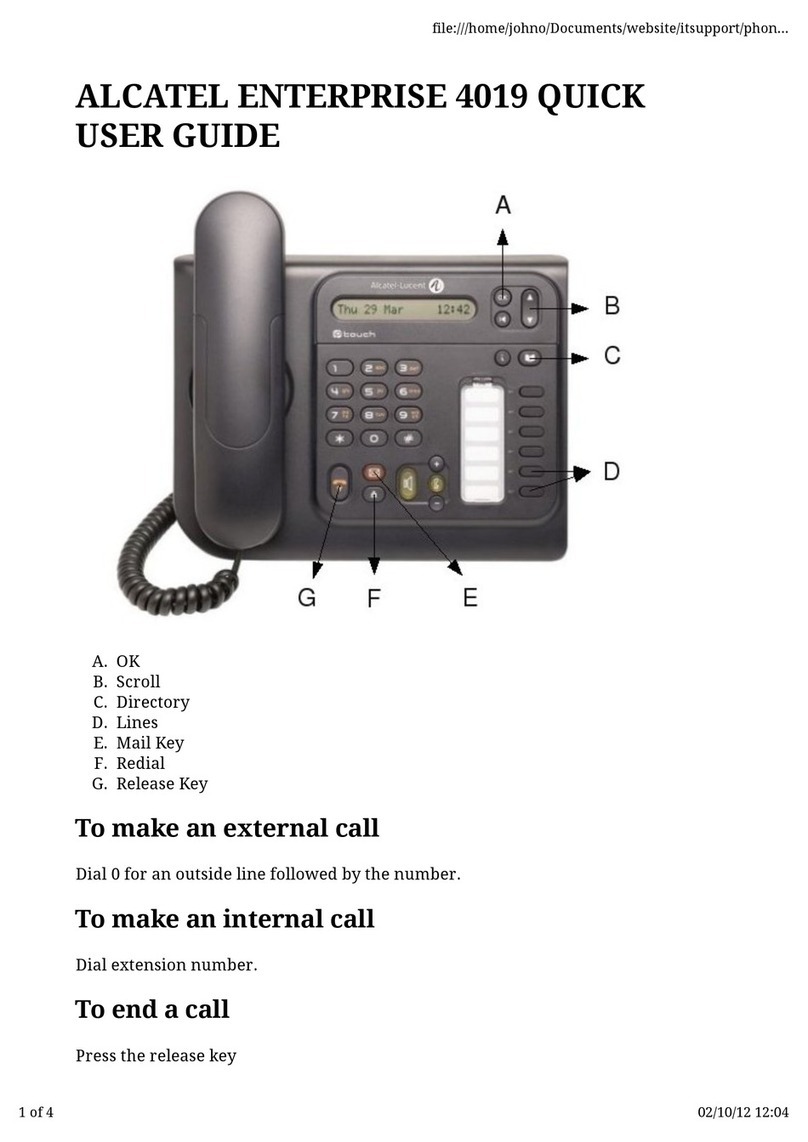
Alcatel
Alcatel 4019 Instruction manual
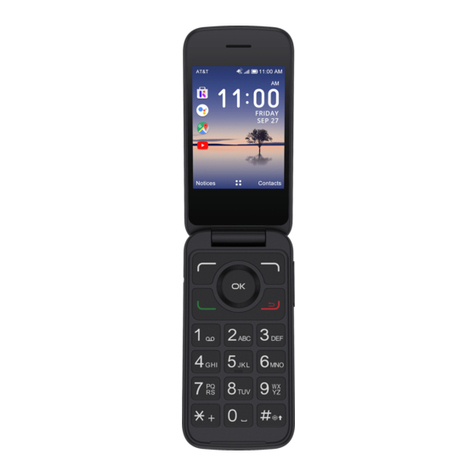
Alcatel
Alcatel SMARTFLIP User manual

Alcatel
Alcatel Temporis 780 User manual

Alcatel
Alcatel Premium Reflexes User manual

Alcatel
Alcatel Premium Reflexes User manual

Alcatel
Alcatel temporis 500 User manual
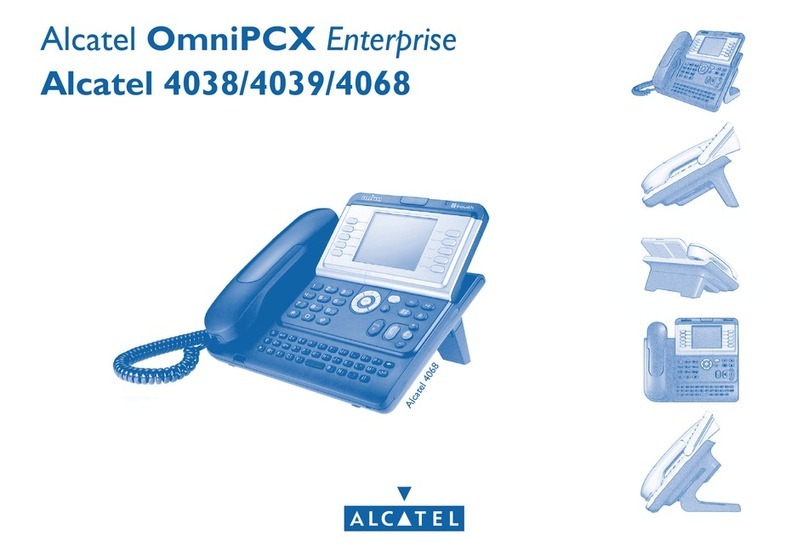
Alcatel
Alcatel OmniPCX Enterprise 4038 User manual
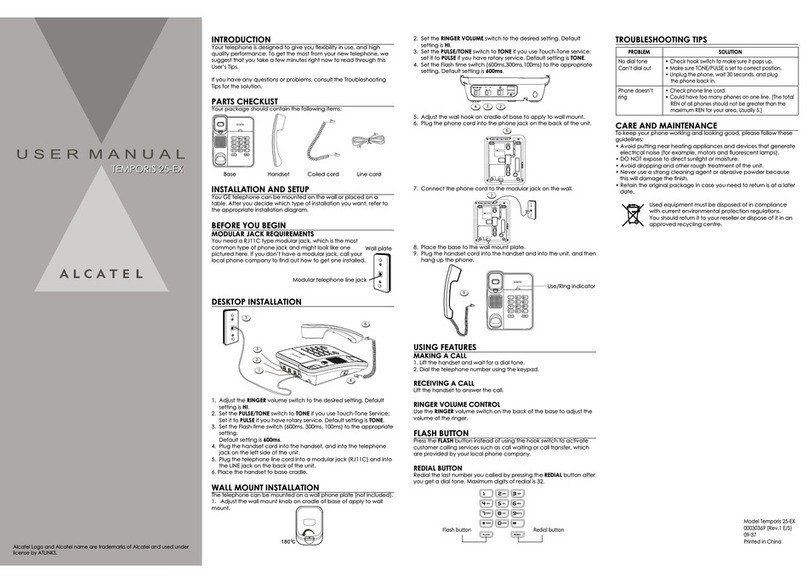
Alcatel
Alcatel TEMPORIS 25-EX User manual
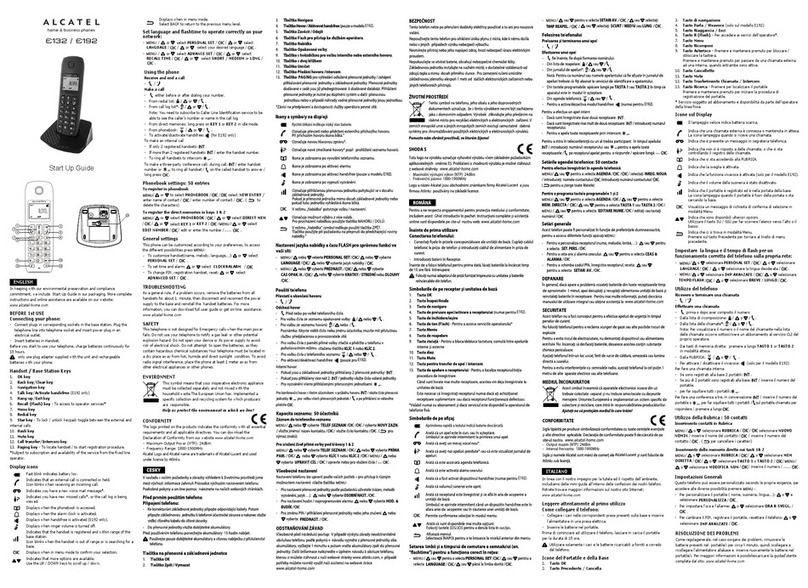
Alcatel
Alcatel S250 User guide
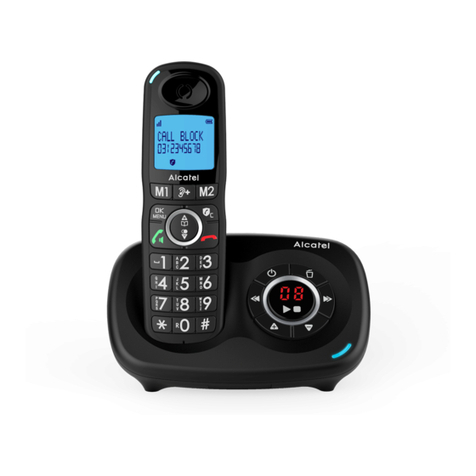
Alcatel
Alcatel XL595B User guide
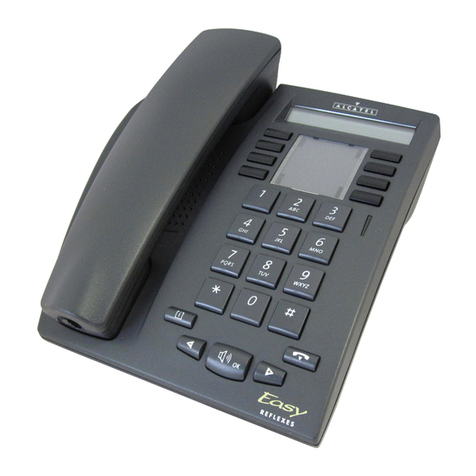
Alcatel
Alcatel Easy Reflexes User manual

Alcatel
Alcatel X1 User manual
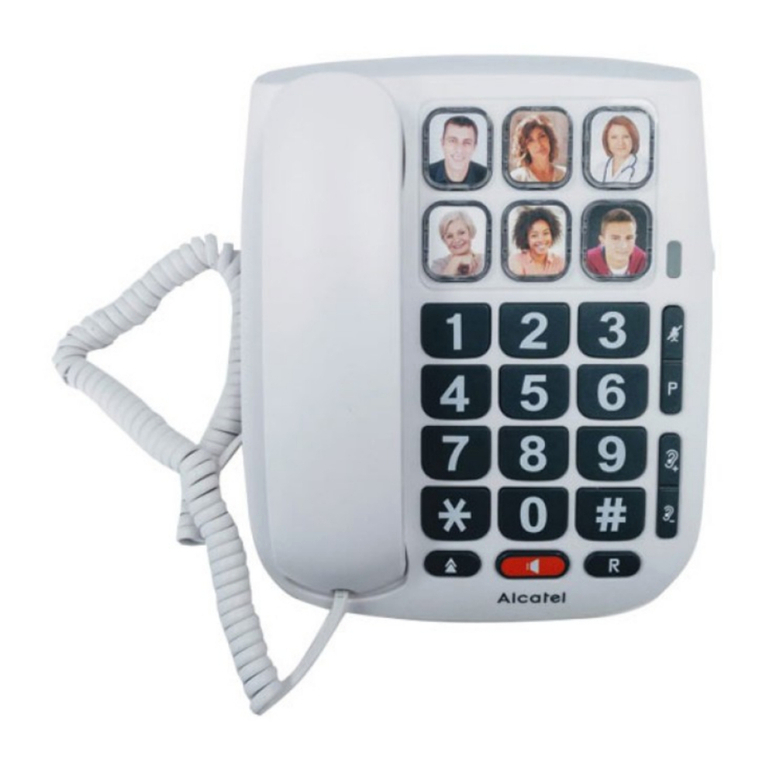
Alcatel
Alcatel TMAX 10 User manual




